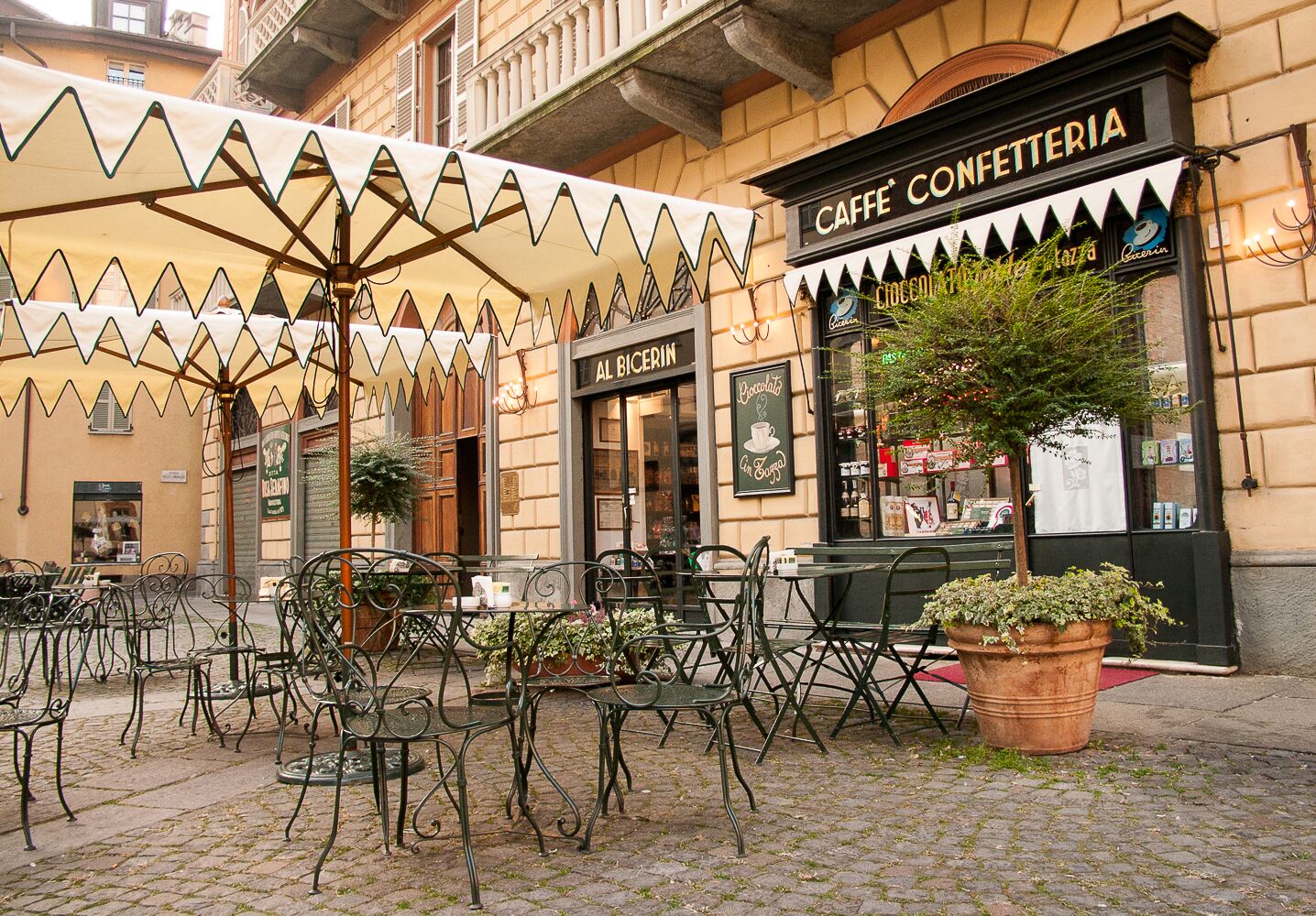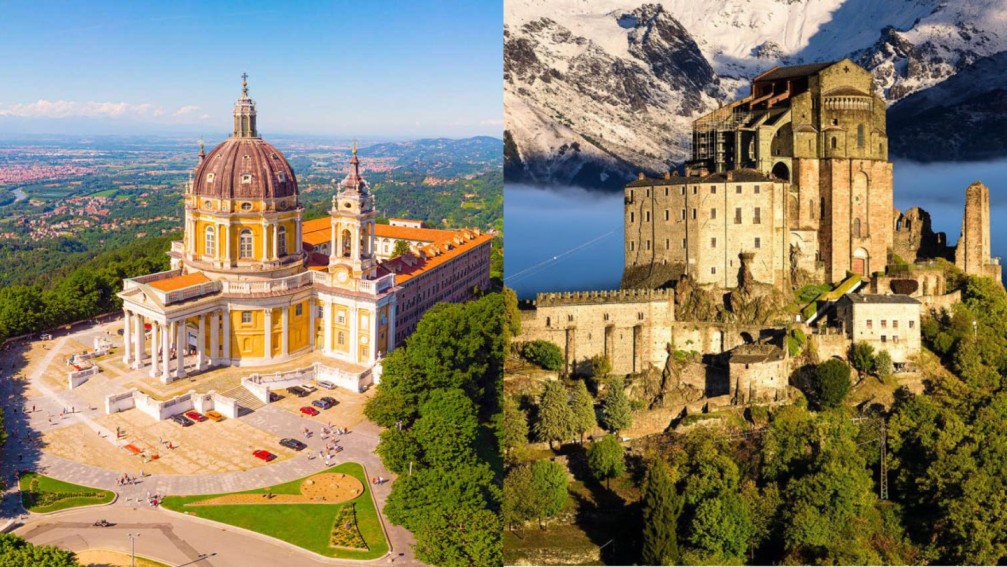Turin Italy - History
Torino, a city with a rich and diverse history, holds a special place in Italy's historical tapestry. Its origins can be traced back to Roman times when it was founded as a military outpost. However, Torino's most notable historical period occurred when it became the first capital of the unified Kingdom of Italy in the 19th century. The city played a pivotal role in the Risorgimento, the Italian unification movement, and was the residence of the House of Savoy, the royal family that united Italy. This legacy is still visible today in the magnificent royal palaces, museums, and historic architecture that grace the city.
Turin Italy - Activities
Visiting Torino offers a unique blend of historical and contemporary experiences. To delve into the city's rich history, one can explore iconic landmarks like the Royal Museums (including the Royal Palace, the Archaeological Museum, and the Royal Gardens, among others). This is one of the most important attractions in Torino, as it hosts half a million visitors each year. It covers an area of 3,000 square meters, and presents more than 2,000 years of Torino's history, from the earliest settlements to the Unification of Italy, when Torino became the capital of Italy.
 The Mole Antonelliana, is a towering symbol of the city and home to the National Cinema Museum. One can also find it imprinted on the two-cent coin! Additionally, Torino is renowned for its delectable cuisine, so be sure to indulge in local specialties like agnolotti, a type of stuffed pasta, and visit the Porta Palazzo Market for fresh produce. For those interested in the automobile industry, the National Automobile Museum is a must-visit, showcasing Italy's contributions to the world of automotive design and engineering.
The Mole Antonelliana, is a towering symbol of the city and home to the National Cinema Museum. One can also find it imprinted on the two-cent coin! Additionally, Torino is renowned for its delectable cuisine, so be sure to indulge in local specialties like agnolotti, a type of stuffed pasta, and visit the Porta Palazzo Market for fresh produce. For those interested in the automobile industry, the National Automobile Museum is a must-visit, showcasing Italy's contributions to the world of automotive design and engineering.
Alternatively, one can explore a different time period by visiting the Egyptian Museum, which houses a priceless collection of 30,000 ancient artifacts and is the second-largest Egyptian Museum in the world, that narrates the history of this civilization. Torino's charm lies in its ability to seamlessly blend its historical treasures with contemporary cultural vibrancy, making it a captivating destination for travelers.
The Palace of Venaria (UNESCO Heritage), just outside Torino, is one of the most beautiful royal residences in Italy, with its immense gardens and stunning Baroque architecture. Valentino Park and Medieval Village is for Torino as Central Park is for New York City. It is the green heart of the city, perfect for a walk between congress sessions. It also hosts the Borgo Medievale, a charming 15th-century village. San Carlo Square is one of the most beautiful squares in the city. It is overlooked by monuments and historic palaces (but also noteworthy is Castello Square, where you can find the Royal Theater - among the most important opera theaters in Italy - and Palazzo Madama, one of Italy’s most representative palaces, a UNESCO heritage site).
Explor e Torino's historic cafes, characterized by their antique and elegant nineteenth-century ambiance, where you can savor some of the city's delectable specialties. These include sumptuous chocolates and the renowned Bicerin, a traditional hot, non-alcoholic beverage hailing from Piedmont. Bicerin comprises a harmonious blend of coffee, chocolate, and milk cream. Among the most celebrated cafes is "Caffè Confetteria Al Bicerin," the oldest of the lot, established in 1793 and frequented by luminaries like Camillo Benso Conte di Cavour. "Caffè San Carlo," situated in the iconic Piazza San Carlo and a historic gathering spot for intellectuals during the Risorgimento, is another noteworthy establishment. For exceptional hot chocolates, head to "Caffè Confetteria Baratti & Milano," an architecturally captivating venue designed by Casanova.
e Torino's historic cafes, characterized by their antique and elegant nineteenth-century ambiance, where you can savor some of the city's delectable specialties. These include sumptuous chocolates and the renowned Bicerin, a traditional hot, non-alcoholic beverage hailing from Piedmont. Bicerin comprises a harmonious blend of coffee, chocolate, and milk cream. Among the most celebrated cafes is "Caffè Confetteria Al Bicerin," the oldest of the lot, established in 1793 and frequented by luminaries like Camillo Benso Conte di Cavour. "Caffè San Carlo," situated in the iconic Piazza San Carlo and a historic gathering spot for intellectuals during the Risorgimento, is another noteworthy establishment. For exceptional hot chocolates, head to "Caffè Confetteria Baratti & Milano," an architecturally captivating venue designed by Casanova.
 The Basilica of Superga, just outside Torino but easily reached by public transportation, is a majestic and beautiful basilica. Perched atop a picturesque hill, is a splendid baroque masterpiece that offers breathtaking panoramic views of the surrounding countryside. The Abbey of San Michele (in a word: breathtaking) is a remarkable medieval religious site known for its exquisite Romanesque architecture and serene, tranquil atmosphere. Its historical significance and intricate stone carvings make it a captivating destination for visitors interested in exploring Italy's rich cultural heritage.
The Basilica of Superga, just outside Torino but easily reached by public transportation, is a majestic and beautiful basilica. Perched atop a picturesque hill, is a splendid baroque masterpiece that offers breathtaking panoramic views of the surrounding countryside. The Abbey of San Michele (in a word: breathtaking) is a remarkable medieval religious site known for its exquisite Romanesque architecture and serene, tranquil atmosphere. Its historical significance and intricate stone carvings make it a captivating destination for visitors interested in exploring Italy's rich cultural heritage.